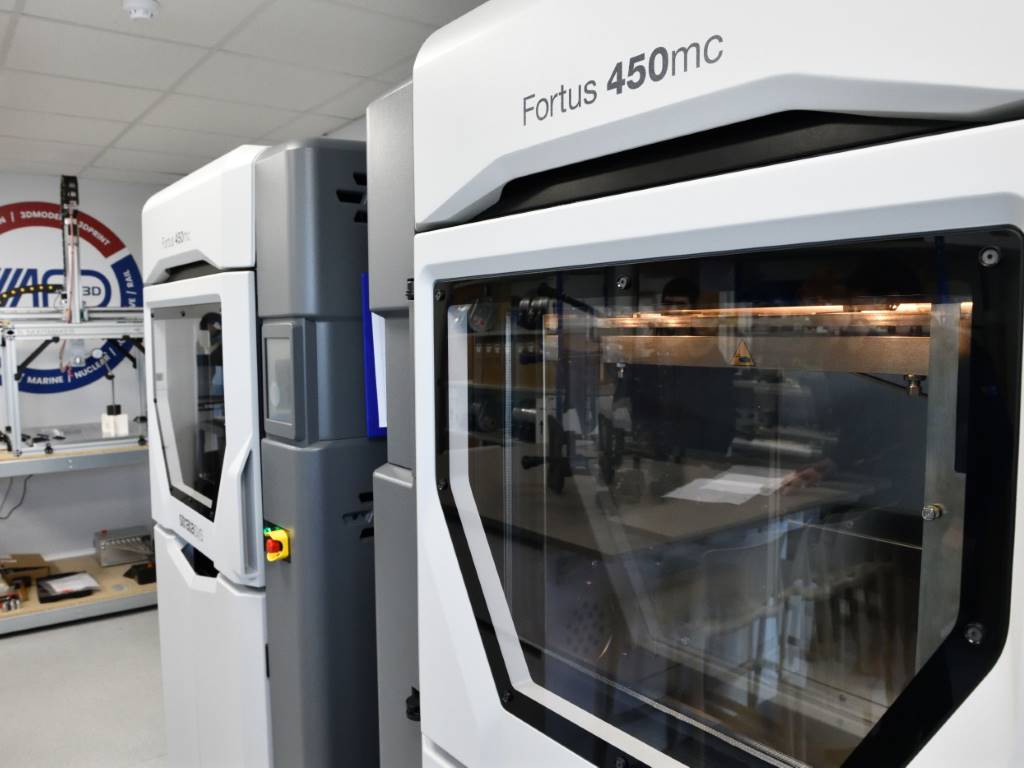It’s all in the fine print

Protolabs’ Christoph Erhardt explores why 3D printing has many of the answers to aerospace’s current manufacturing challenges.
Validation and trust, two critical components that every supplier into the aerospace sector must deliver on. And it’s not difficult to see why. Failure to meet the exacting standards of the sector can end up in tragic large-scale loss of life that can be caused by a malfunction and crash, whilst also resulting in the costly grounding of aircraft.
These two attributes are also both challenges that the 3D printing industry has been coming to terms with for some time, pretty much since our form of manufacturing started to edge its way into the everyday industrial dictionary. It’s been an evolving journey, but the continued maturity of the production process in 3D printing now means we are able to address the concerns the industry continues to present us with.
At the very start, we had to prove we were not just a fashionable newcomer that all the designers and innovators wanted to play with. This was successfully achieved with a process designed to make one-off or custom parts for a host of different applications. There were certainly bigger battles ahead.
Next on the list was convincing designers and manufacturers that we could offer a commercially viable means of prototyping, a train of thought we have managed to accelerate through our speed to market and by taking a lot of the cost out of the ‘iteration’ process.
In recent years, we have successfully ventured into using 3D printing and additive manufacturing to make complex production components at low volume, a capability not purely reserved for the digital manufacturing frontrunners of aerospace and medical, but also the hugely price sensitive world of the automotive supply chain.
So, despite all of these successes, why does this highly-effective manufacturing discipline still not take its place in the solution toolkit that features more traditional processes such as milling, grinding, injection moulding and stamping?
A lot of it will come down to education. School children, apprentices and graduates coming out of the global education system are familiar with it, its benefits and, after a short time in industry, its possible applications.
The biggest perception change needs to come with the older generation of application engineers and designers, who, by their very nature, are averse to switching from a process that already delivers results.
Now we’re back to the validation and trust argument. A very powerful driver for the aerospace sector is the unanimous desire to make aeroplanes lighter, safer, greener and more cost effective to operate.
3D printing is a gamechanger that is turning this vision into reality. Widescale investment at Protolabs and across the industry has seen the technology and processes mature beyond all expectation. Repeatable quality - at low volume - using lightweight materials such as aluminium and, more recently Inconel, is now a tried and trusted option.
One such example is a project we completed with ISAR Getriebetechnik KG in developing parts for a new production gearbox. We were able to prove that direct metal laser sintering (DMLS) could handle the complex geometries required and actually reduce the initial number of parts into one single component.
As well as taking considerable weight out of the equation, we were able to remove assembly from the process and speed up production time. Better still, the finished part actually exceeds the performance expectations of the client.
Success stories like this are probably the best way 3D printing specialists can achieve the trust and validation so important to dealing with aerospace suppliers and the major primes.
Interest is certainly growing rapidly from when I first moved into this field in 2010 after spending a significant amount of time in quality management. The sector excited me and the chance to revolutionise traditional manufacturing was too good to turn down.
I still feel the same way today and, if our 40% year-on-year-growth is anything to go by, I’m not the only person in industry that sees 3D printing as a fundamental driver in helping to make flying safer, lighter, greener and more cost-effective.












